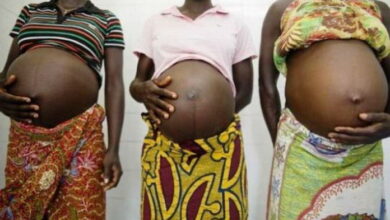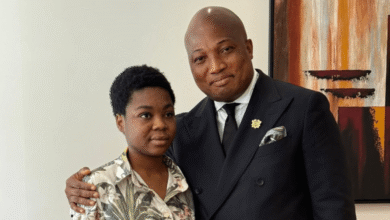The Science behind Why Women Are Attracted to Older Men

Revisiting the Historic Assumption
For decades, researchers and the public have claimed that women prefer older male partners. Standard explanations suggest that age signals financial stability, social power, or emotional steadiness. However, new large-scale research calls this view into question.
International studies from 2023 to 2025 have examined actual dating patterns among thousands of men and women. These studies did not rely on surveys alone. Instead, researchers tracked real encounters, notably through blind date experiments. The focus was direct measurement of age preferences in live situations.
Data from Real Encounters
A 2025 study led by social psychologists at UC Davis monitored over 4,500 blind dates involving more than 6,000 participants. The researchers found that while women often say in surveys that they prefer older men, their behavior during real-life dating events does not match these claims. Both men and women showed a small but similar preference for younger partners during initial encounters, with a correlation coefficient near .10 for both groups.
Self-reported surveys suggest that women favor older men, yet observation in real settings showed women engaging equally with younger partners. The stated age limits were not strong predictors of who participants found attractive when interacting face-to-face. As noted by the study’s lead author, women were no more open to older partners than men were.
Further studies reviewed in 2025 support this pattern. Actual matchmaking events revealed that both genders assigned higher attraction ratings to younger partners than to older ones. Once direct interactions began, attraction to older dates decreased, and both men and women expressed equal interest in younger partners.
Societal Scripts and Arrangements
Despite these findings, dating setups and societal assumptions persist in steering women toward older men. In data from blind dates, women were paired with much older men in about 75 percent of matchups. Men were paired with older partners only a quarter of the time. These arrangements influence public beliefs about women’s preferences but do not match actual attraction scores from live dates.
Survey responses and matchmaking formats both reinforce patterns that do not align with observed preferences. Real-world choices, when free of external setup, do not support the older man-younger woman stereotype as a rule.
Modern Relationship Arrangements and Preferences
Choices in romantic partnerships are more varied now, with a visible mix of age pairings. Some women date younger men or prefer partners close to their age. Others mention new forms of connection, such as open relationships, casual dating, or even dating a sugar baby. These are only some of the ways people approach age and partnership today.
Relationship choices depend on personal comfort, shared values, and attraction. Preferences for age often overlap with preferences for emotional connection or life stage. The range of possibilities means that people are not limited by old dating rules about age and attraction.
Why Traditional Theories Fall Short
Traditional evolutionary and sociological theories state that women select older mates for supposed benefits related to security or maturity. These arguments are based mostly on survey data or retrospective reporting. The recent experiments, relying on direct observation, fail to support the claim that women are naturally drawn to older men.
Counseling case studies add further context. A 2023 European survey found women in their thirties and forties open to partners younger than themselves. Many respondents indicated higher satisfaction with younger partners, citing shared activities, vitality, and emotional chemistry.
Therapists echo these accounts. Practitioners note that qualities tied to attraction in actual relationships are rarely linked to age alone. These qualities include curiosity, self-awareness, and interpersonal responsiveness. People who show these qualities may be any age.
Cross-National Patterns
Large studies from Europe and North America show that women now frequently form relationships with younger or age-similar partners. Especially among women in their late twenties through forties, interest in younger men is reported at higher rates than in previous generations. These relationships often center on matching energy, life stage, or openness to partnership outside conventional molds.
The reduction in stigma around age-mixed relationships may also play a part in changing attitudes. Matchmaking practices and cultural scripts have lagged behind actual behavior, continuing to arrange women with much older partners, though this does not consistently lead to higher attraction or satisfaction.
Conclusion
Current empirical evidence does not support the fixed idea that women are drawn to older men more than men are attracted to younger women. While stereotypes and traditional matchmaking still foster many older-man, younger-woman relationships, actual attraction in first encounters points in another direction. Actual attraction during real dates shows women, like men, are slightly more interested in partners who are younger. Ongoing research and counseling studies confirm that age alone does not determine preference, and relationship satisfaction depends more on personality, emotional presence, and shared life goals than on an age gap.





